calsfoundation@cals.org
University of Arkansas at Monticello (UAM)
The University of Arkansas at Monticello (UAM) was established in 1909 as one of the state’s four agricultural schools. It supports the only forestry school in the state. Although the smallest of the University of Arkansas (UA) campuses, it owns the most land, including 1,036 acres devoted to forestry research and instruction, as well as 300 acres used for agricultural teaching and research.
Founding: Fourth District State Agricultural School
From 1906 to 1909, the Farmers Educational and Cooperative Union lobbied the state legislature to create four agricultural schools. These schools would instruct students in modern farming practices and provide a general education resulting in a high school diploma. In 1909, the Arkansas legislature passed Act 100 establishing an agricultural school in each quadrant of the state. Governor George Donaghey appointed five trustees. The trustees elected James Gould of Pine Bluff (Jefferson County) president, Ibrey Allen Bird of Wilmar (Drew County) vice-president, and H. B. Bowers of Jacksonville (Pulaski County) secretary. A. S. Sorrells of El Dorado (Union County) and J. W. Richardson of Warren (Bradley County) completed the five members of the 1909 Board of Trustees. Monticello’s bid to serve the southeastern quadrant was bolstered by the donation of land from the William Turner Wells estate. The former plantation was well suited for farming education, with 900 fruit trees, a house, and a pond. Bird presided over the February 14, 1910 meeting where Monticello (Drew County) was selected as the location for the school.
The Fourth District State Agricultural School (SAS) began classes on September 14, 1910. The board of trustees listed in the first catalogue included were President Bird, Vice President Sorrells, Secretary Bowers, Gould, and Stuttgart (Arkansas County) resident W. M. Price. The Stewart-McGehee Construction Company of Little Rock (Pulaski County) built the main classroom building and two dormitories in 1910. J. L. Spence served as superintendent, and Frank Horsfall served as principal. No tuition was charged, but students worked at the school to pay for their room and board.
Horsfall took on many responsibilities to establish the school, including teaching classes, managing the farm, maintaining school records, supervising the dormitories, and troubleshooting. By 1914, his position as principal was listed as the highest official on campus in the school bulletin.
Growth: Arkansas A&M College
In 1923, junior college classes were added to the school curriculum, and in 1925, the school’s name was formally changed to the Fourth District Agricultural and Mechanical College. Horsfall served as the first president but stepped down due to political pressures. Festus Russell was appointed president in 1926. By 1928, Horsfall was again appointed president of the institution. Also in 1928, the school was accredited as a junior college by the North Central Association (NCA). Horsfall added to the physical plant with the construction of a library building and two new dormitories (Gates Hall, Harris Hall, and Horsfall Hall, respectively). The school became a four-year institution with junior and senior college classes in 1933. In 1935, the school bulletins show a name change to Arkansas Agricultural & Mechanical College.
Horsfall served the school for twenty-five years, working diligently to transform a Southern plantation into an agricultural school and then nourish its growth into a four-year institution. The composition of the student body had changed dramatically in those years, from young students entering at the sixth-grade level to college students. Horsfall’s control over student social life had not changed significantly, however. He continued to promote restrictions on the social interaction between male and female students, banning dances and requiring male and female students to stay on opposite sides of an invisible line through campus. But students demanded more student activities and programs, such as dancing, the establishment of student government, more athletic events, and more personal freedoms. Political activists also became involved over other issues, such as allegations of preferential treatment for certain vendors providing commodities to the school, and Horsfall resigned in 1935.
Merger: The University of Arkansas at Monticello
Hugh Critz served as president from 1935 to 1936 and approved dances on campus and the establishment of student government. Critz resigned because of health concerns, and in 1936, Marvin S. Bankston assumed the presidency. In 1940, the college was accredited as a four-year institution by the NCA. From 1939 to 1941, Coach Stewart A. Ferguson led the football team to national attention as the Wandering Weevils. The team played for fun instead of victories and traveled over 40,000 miles across the country entertaining audiences. During the World War II years, the school was plagued with falling enrollments as young men were called to serve as soldiers. The college bolstered its enrollment by hosting a Navy V-12 unit, which trained U.S. Navy and Marine Corps officers from 1943 to 1945. The trainees formed a winning football team that was invited to the Oil Bowl in Houston, Texas. In 1945, Bankston hired Henry “Hank” Chamberlin, a noted forester. Chamberlin established the college’s forestry program and developed it into the state’s only school of forestry.
In 1946, Bankston resigned, and William E. Morgan accepted the position of president. Morgan left the college in 1948 to become deputy chief for Food and Agriculture in the Paris headquarters of the European Recovery Program. The board of trustees named Horace E. Thompson president in 1949. Over the next decade, the Thompson administration added a number of needed facilities to the physical plant, including a student union, the president’s home, a new library building, married student housing, a men’s dorm, the forestry building, and the field house.
Thompson resigned in 1959 to accept a position with the Puerto Rico Development Commission in San Juan. From 1960 to 1962, Jack W. Mears served as president. He enhanced the physical plant by securing the first state appropriation for a building—a new science center—in fifty years. Mears resigned in 1962 to take another position, and Claude H. Babin was appointed president. During Babin’s administration, Cecil Haywood guided the effort to accredit the teacher education program with the National Council for Accreditation for Teacher Education (NCATE), which was accomplished in 1966. The student body was integrated in 1964, and the first African-American student to graduate from Arkansas A&M College was Barbara Blanks Gathen in 1967. Members of the first African-American student organization, the Soul Society, organized a peaceful march on the campus in 1971 and demanded black instructors, dorm mothers, and security officers. Babin responded by adding Thomas C. Brunson and Louis Dunlap as the first black faculty members.
In the late 1960s, Babin and other school leaders supported the idea of merging with the University of Arkansas System. This was a controversial issue, and some school leaders were concerned about the change this would bring in institutional independence. Anticipated benefits from the merger included an opportunity to address the institution’s budgetary concerns and bolster its efforts to become accredited by the Society of American Foresters. Governor Dale Bumpers signed the legislation to merge Arkansas A&M College with the University of Arkansas on January 20, 1971. The merger took effect on July 19, 1971, and the University of Arkansas at Monticello was established. Babin stayed on as the first UAM chancellor, stepping down on January 1, 1977. He continued to teach at UAM until his retirement in 1992.
Multi-Campus System
From 1977 to 2004, Fred J. Taylor served as chancellor. During Taylor’s administration, the university established the UAM Foundation Fund for private fundraising and graduate courses in forest resources and teacher education. The physical plant was expanded through the construction of the John F. Gibson University Center, a new building for the library and technology center (which was renamed in Taylor’s honor), and research centers in forestry and agriculture. In 1984, the School of Forest Resources was accredited by the Society of American Foresters. The Division of Music was accredited by the National Association of Schools of Music in 1988. The National League for Nursing accredited the Division of Nursing’s BS in nursing program in 1997. In 2003, UAM merged with the Great Rivers Technical School in McGehee (Desha County) and the Forest Echoes Technical Institute in Crossett (Ashley County) to create the College of Technology at McGehee and the College of Technology at Crossett. In 2004, Taylor retired after twenty-seven years of service.
Twenty-First-Century Developments
Jack Lassiter began his service as UAM chancellor on July 1, 2004. In 2005, UAM accepted the responsibility of directing the Arkansas Heavy Equipment Operator Training Academy (AHEOTA), housed in the Southeast Arkansas Community-Based Education Center (SEACBEC) in Warren. In 2008, Convoy Leslie-Cotton Boll Stadium was renovated. In 2009, UAM celebrated 100 years of service to southeastern Arkansas and 100 years as an open admissions institution with the erection of the Centennial Clock Tower. In 2011, UAM sports teams joined the Great American Conference. The following year, the George H. Clippert Forest Resources Annex was dedicated, while the Randy S. Risher Wellness Center was dedicated in 2013. Lassiter retired as chancellor in January 2015. Jay Jones served as interim chancellor. Karla Hughes started her tenure as chancellor on January 15, 2016.
UAM offers thirty-three undergraduate degrees and has more than seventy student organizations and ten NCAA Division II sports. Enrollment in the fall of 2023 was 2,758 students. In 2024, the UA System granted approval for UAM to offer its first doctoral degree, a Ph.D. in forest resources.
For additional information:
Brewer, Jim. They Played for Laughs: The True Story of Stewart Ferguson and the Arkansas A&M Wandering Weevils, College Football’s “Marx Brothers”. Denver: Outskirts Press, 2021.
Holley, Donald. “The End of an Era: Claude H. Babin and the Merger of Arkansas A&M College with the University of Arkansas.” Drew County Historical Journal 17 (2002): 6–17.
———. “The Final Conflict: Frank Horsfall and His Campus of Controversy.” Drew County Historical Journal 12 (1997): 4–37.
———. “Hail to the Chief! Frank Horsfall and His Campus of Controversy, 1910–1925, Part I.” Drew County Historical Journal 11 (1996): 4–20.
———. “Years of Growth and Turmoil: Arkansas A&M College in the Postwar Era.” Drew County Historical Journal 15 (2000): 4–25.
University of Arkansas at Monticello. http://www.uamont.edu/ (accessed September 12, 2024).
Willis, James F. “The Farmer’s Schools of 1909: The Origins of Arkansas’s Four Regional Universities.” Arkansas Historical Quarterly 65 (Fall 2006): 224–249.
Mary Heady
University of Arkansas at Monticello










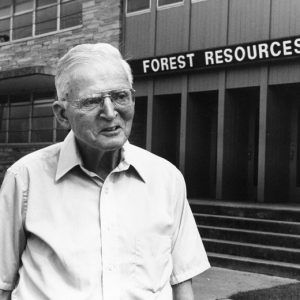
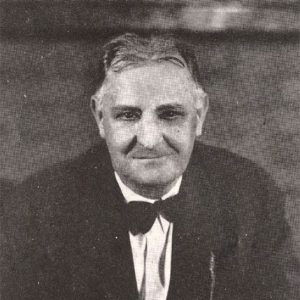

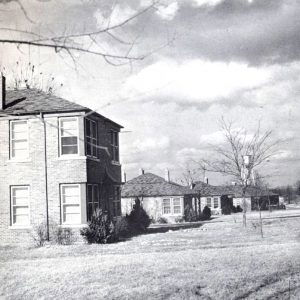
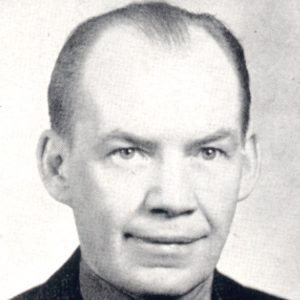
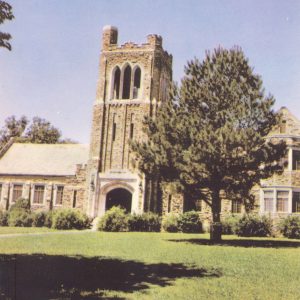



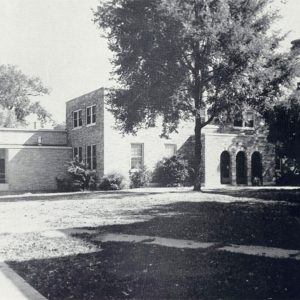
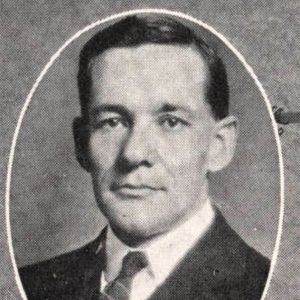
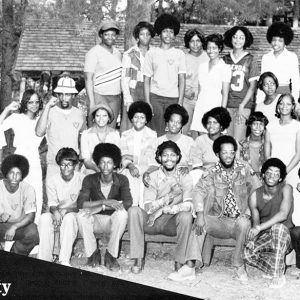
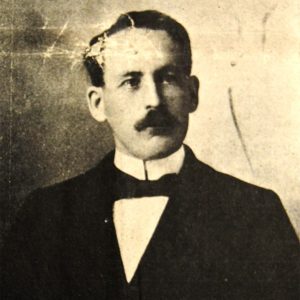
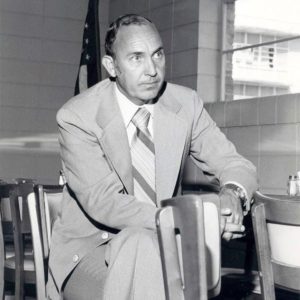
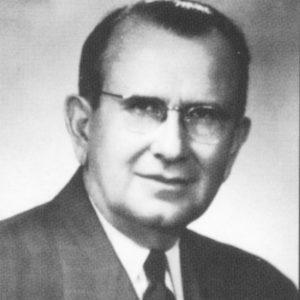
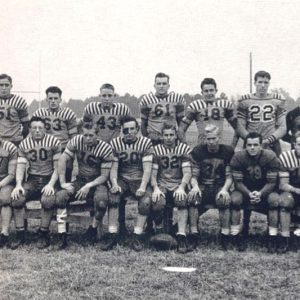





Comments
No comments on this entry yet.